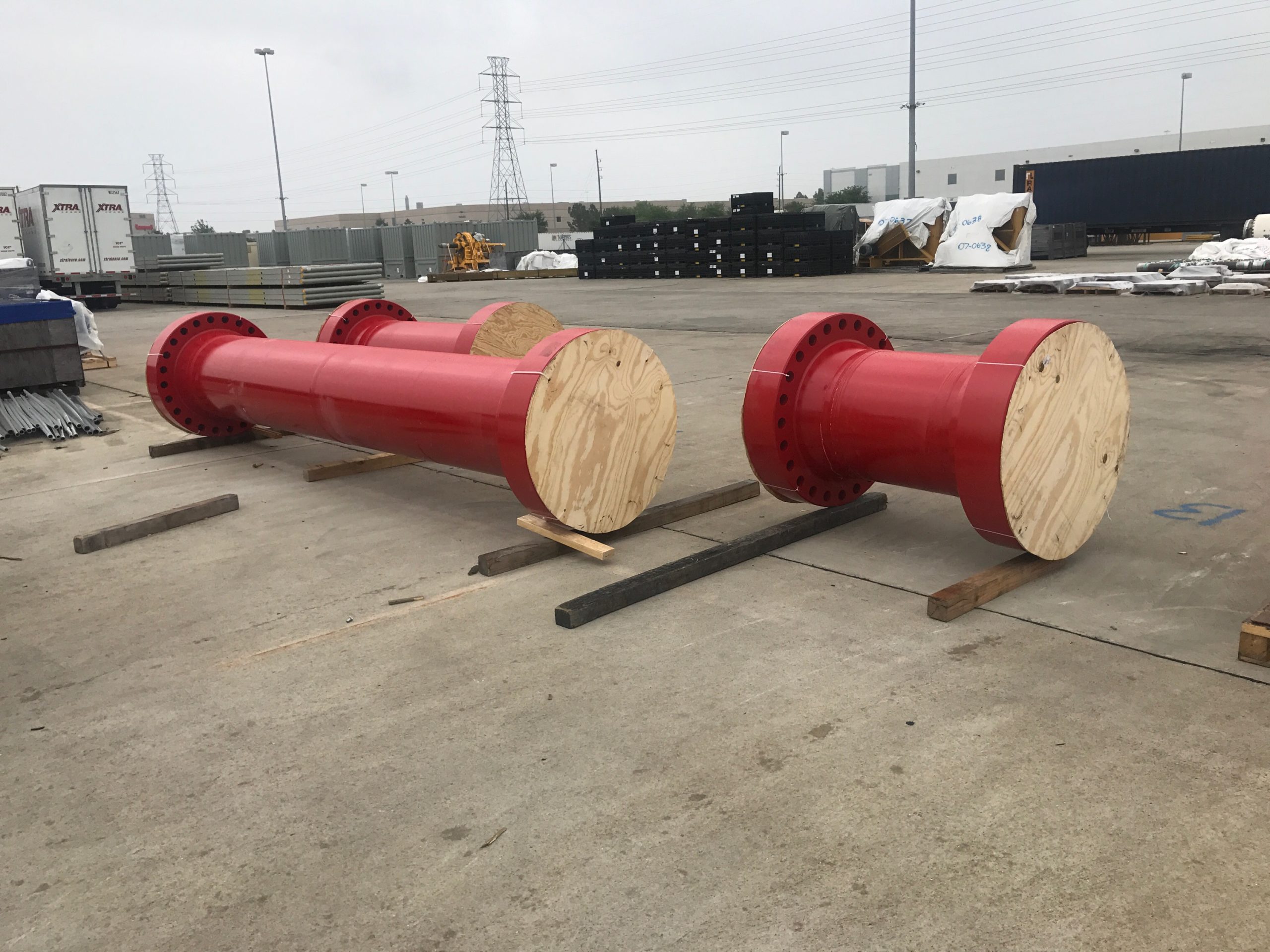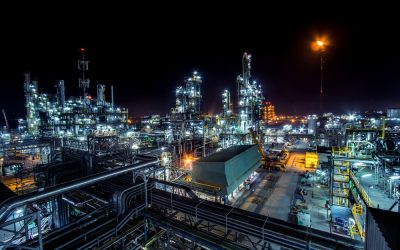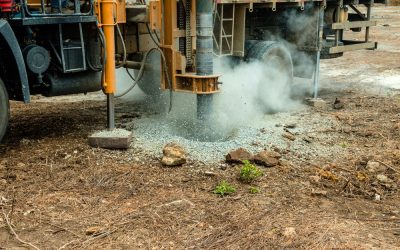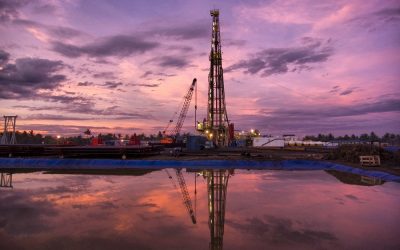In onshore drilling, risers and flanges are essential parts of the system. They help connect key components, manage pressure, and keep oil and gas flowing safely. With the demands of modern drilling, it’s important to choose the right materials and designs. That way, your equipment performs well and holds up over time. Here’s a look at what risers and flanges do, how they’re made, and what to keep in mind when choosing them.
What Are Oilfield Risers and Flanges?
In land-based oilfield operations, risers are vertical pipes that connect surface equipment to lower sections of the well system. They help move oil, gas, and other materials through the system and keep everything flowing correctly. These risers need to handle high pressure and constant use, especially in areas with tough ground conditions or heavy-duty drilling.
Flanges are thick metal rings used to join pipes, valves, and risers. They’re bolted together and sealed to keep connections tight and leak-free. In oilfields, flanges help protect your system from pressure spikes, chemical exposure, and equipment damage.
The Importance of High-Quality Risers and Flanges in Oilfield Operations
High-quality risers and flanges are essential for safe, efficient oilfield operations. Poor connections can lead to leaks, spills, and costly downtime, while durable parts stand up to harsh onshore conditions and keep you compliant with industry standards. Choosing the right equipment helps protect your team, reduce repairs, and avoid penalties.
Here’s why investing in reliable risers and flanges matters:
- Prevents leaks and equipment failure
- Withstands shifting soil and chemical exposure
- Reduces maintenance and replacement costs
- Meets safety and performance regulations
- Avoids inspection delays and penalties
Materials Used in Manufacturing Risers and Flanges
Risers and flanges need to stand up to extreme heat, pressure, vibration, and corrosion. That’s why they’re made from tough materials like stainless steel, carbon steel, and specialty alloys. Each option offers strength, durability, and protection against damage, helping equipment last longer and perform better.
Here’s what the right material can do for your operation:
- Resist corrosion from soil and chemicals
- Handle high pressure without cracking
- Extend the lifespan of critical components
- Reduce downtime and unexpected failures
Manufacturing Processes for Risers and Flanges
Precision matters when making risers and flanges. Each part needs to be machined and welded to exact measurements to ensure a perfect fit. Quality machining creates clean threads and smooth surfaces, while strong welds help prevent breaks or leaks under pressure.
Throughout the manufacturing process, strict quality control keeps everything on track. Each piece goes through multiple inspections, including material checks, size measurements, and final testing. That attention to detail helps prevent failures in the field.
Before leaving the shop, these parts are tested using non-destructive methods like ultrasonic scans or X-rays. These tests catch flaws that can’t be seen with the eye but could cause problems later. It’s one more step in making sure your equipment is field-ready.
Key Considerations When Choosing Components for Oilfield Projects
Not all drilling sites are the same, so your components shouldn’t be either. Before choosing risers and flanges, think about your well depth, expected pressure, and the environmental conditions on site. Projects with high pressure or extreme heat call for stronger materials and tighter specs.
In many cases, standard parts won’t cut it. That’s where custom risers and flanges come in. Whether you need a unique size, material, or connection setup, custom components make it easier to match your system’s exact needs.
Long-term durability should be a top priority. Choose parts that are built to last, easy to inspect, and simple to replace if needed. The right choice now can save you time, money, and a lot of stress later on.
Ensuring the Reliability of Risers and Flanges
Keeping your risers and flanges in good shape starts with regular inspections. Watch for leaks, rust, cracks, or signs of wear—especially around seals and joints. Clean and lubricate parts as needed to prevent buildup and reduce strain on your system.
Even with good maintenance, parts don’t last forever. If you start seeing repeated issues, like frequent leaks or weakened seals, it’s probably time to upgrade. Newer materials and designs can handle today’s challenges better and help your system perform more reliably.
Replacing worn components before they fail can prevent downtime, protect your crew, and keep operations moving without delays.
Why Quality Risers and Flanges Matter
When it comes to oilfield operations, quality components are key. Risers and flanges keep your systems secure, prevent costly failures, and help you stay compliant with safety regulations. Using durable, properly made parts reduces downtime and supports long-term success.
Don’t take chances with critical equipment. Choose risers and flanges built to perform, last, and protect your operation every step of the way. Contact us to learn more about our capabilities and working with BOP Products in Houston, TX.




